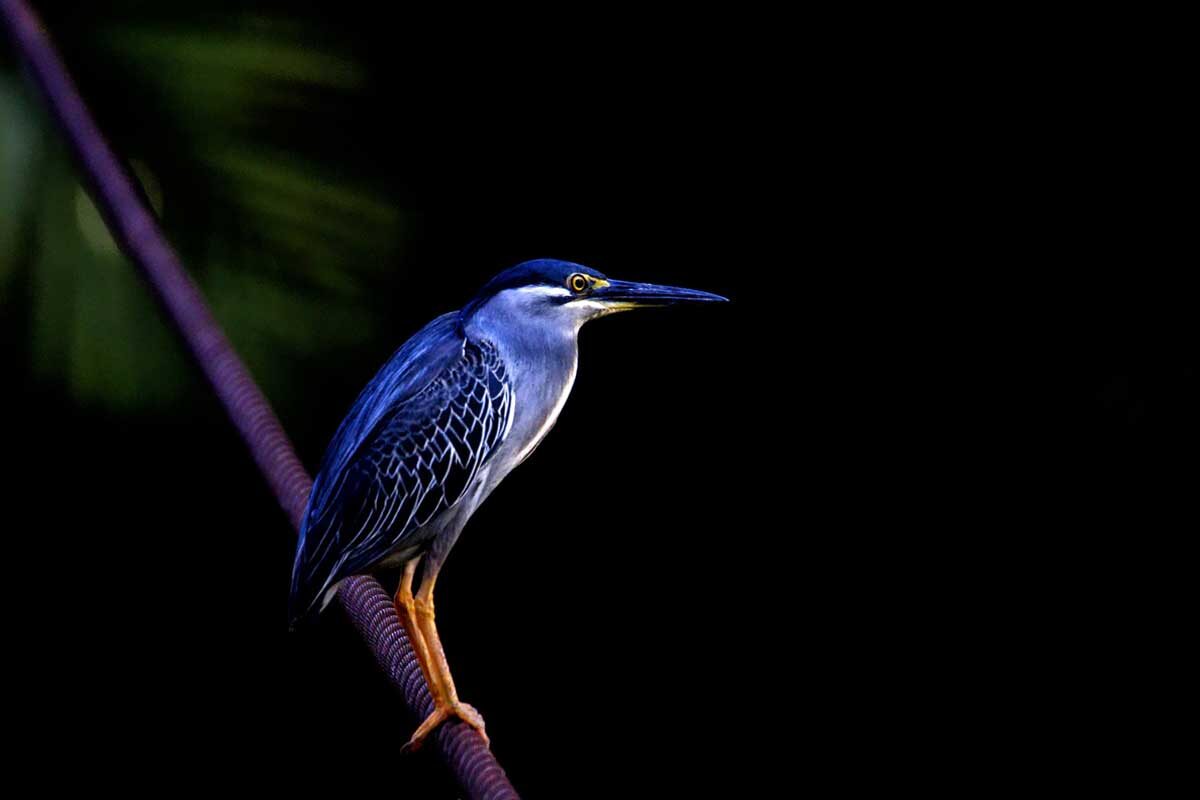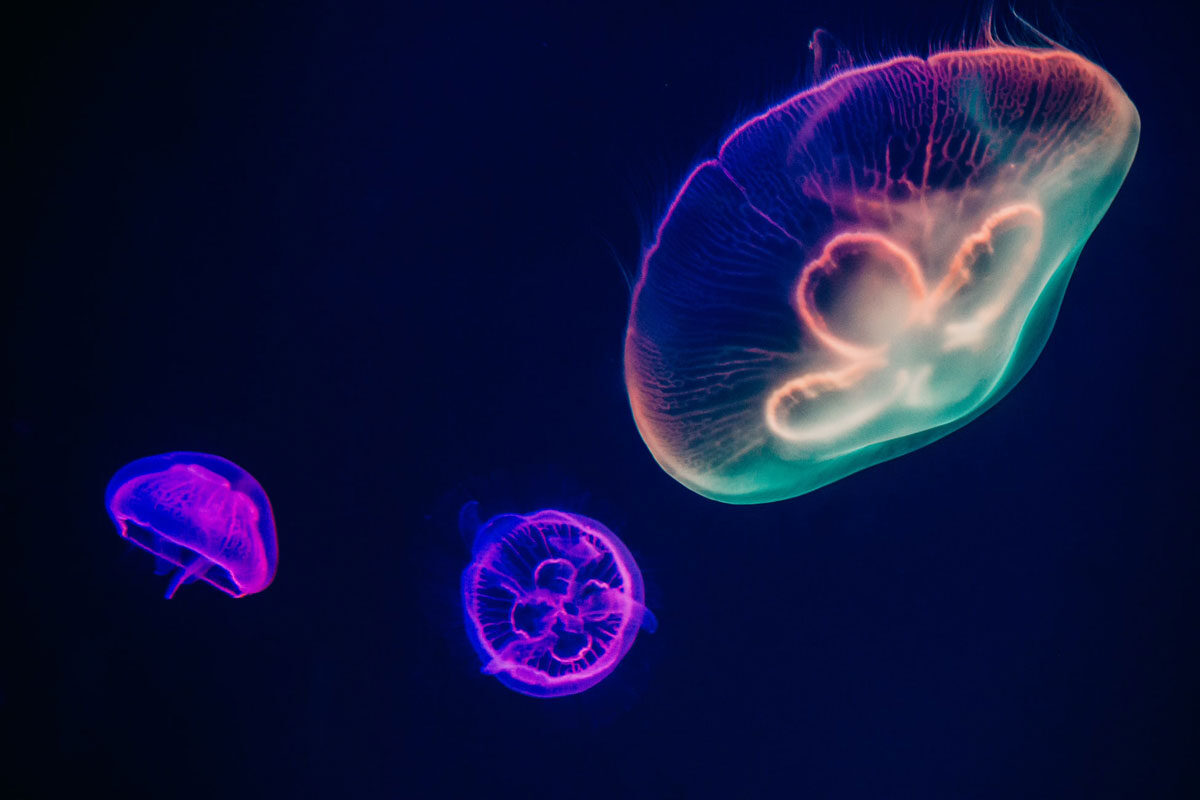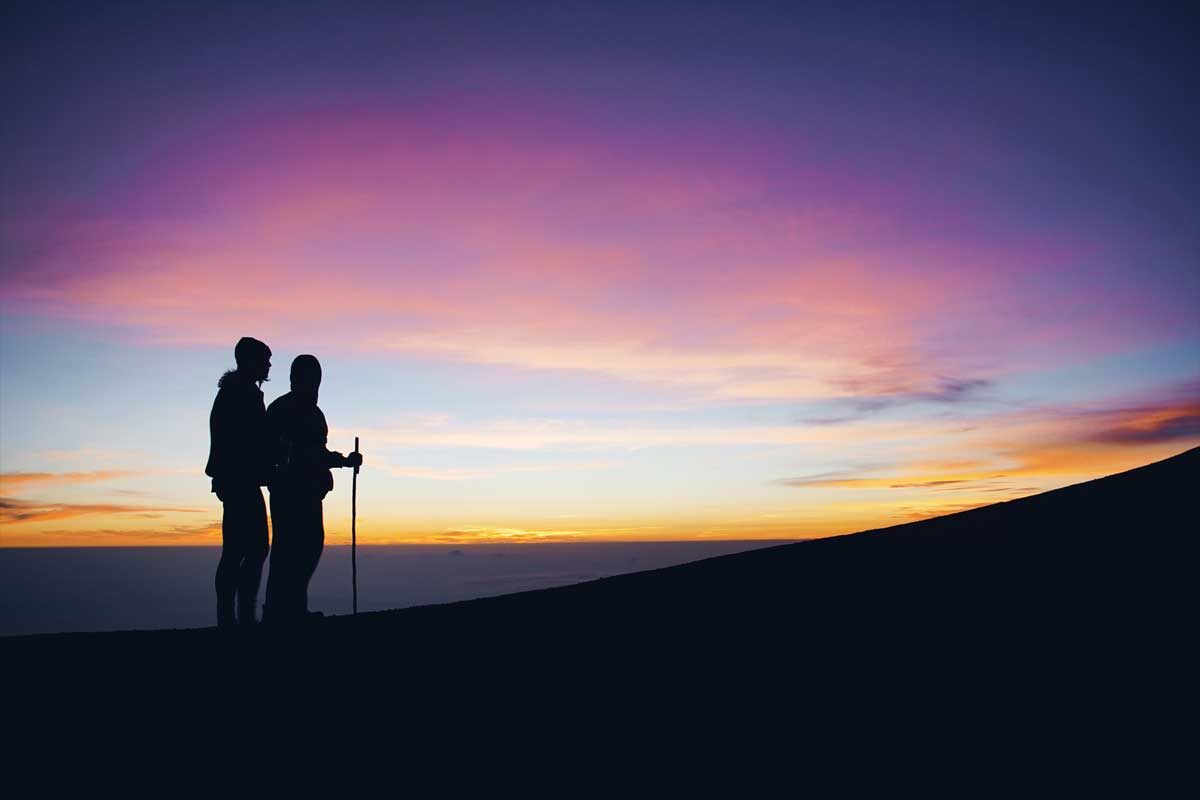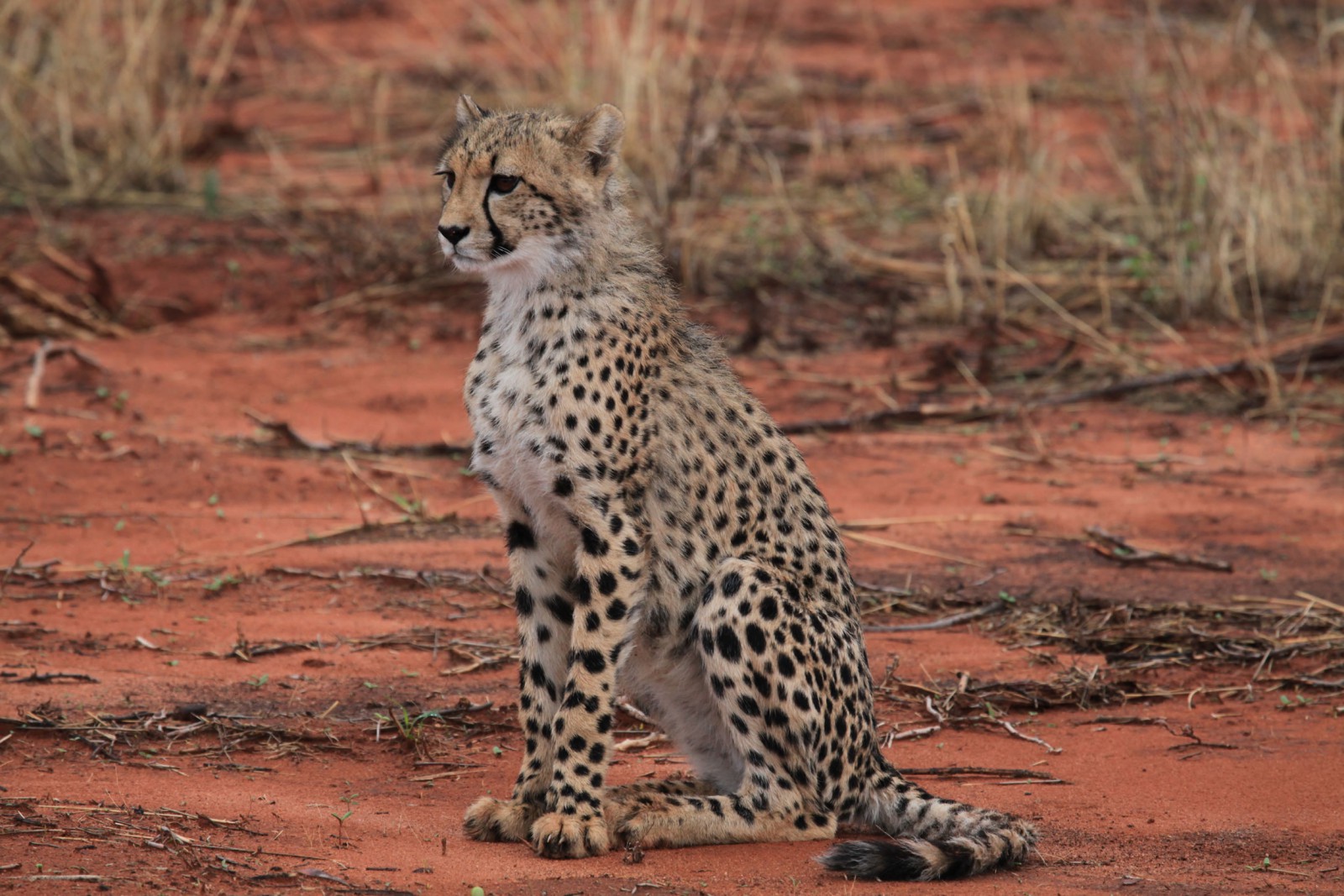Located in the Southern Kalahari and bordering Namibia to the west, Kgalagadi (meaning ‘Place of Great Thirst’ in San language and Africa’s first official Transfrontier Park or ‘Peace Park’) is the result of a management agreement between South Africa’s Kalahari-Gemsbok National Park and Botswana’s Gemsbok National Park. Spanning over 3,6 million hectares (around 38,000 km²), almost twice the size of Kruger National Park, 27% of Kgalagadi Transfrontier Park is in South Africa and the remainder is in Botswana. The vast unfenced area allows for the essential seasonal migration of desert-dwelling wildlife such as blue wildebeest, springbok, gemsbok (oryx), eland and red hartebeest.
The arid terrain consists of undulating red sand dunes, sparse vegetation, occasional trees, and the dry riverbeds of the Nossob and Auob rivers – said to flow once a century or briefly after large thunderstorms. Wildlife concentrates in these dry river beds as here the water flows unseen underground, utilised by grasses and trees such as camelthorn, vaalkameel and swarthaak (black thorn) acacias, raisin bush and African blackwood which grow and in turn provide sustenance to grazers. Naturally, the whereabouts of herbivores attracts predators such as the rare and striking Kalahari black-maned lion as well as cheetah, leopard and spotted hyena.
Smaller mammals found in the reserve are ground squirrel and the adorable suricate (meerkat), gerbils and whistling rats. At night, with luck, pangolin (scaly anteater), the notoriously aggressive honey badger (ratel), and bat-eared fox may be seen.
The Kgalagadi Transfrontier Park contains over 200 species of bird and is renowned for raptors such as the secretary bird, black-breasted and tawny snake eagle, martial eagle, bateleur, lappet-faced and white-backed vulture, pale chanting and gabar goshawk, greater kestrel and pygmy falcon. The summer months (December-March) are particularly rewarding due to the arrival of migratory species (though this time can be very hot – see below!). Other birds featured include the ostrich (the world’s largest bird), the kori bustard (the world’s heaviest flying bird) and sociable weaver birds which together construct the largest nests of any bird which may accommodate over 100 pairs and can be seen weighing heavily on tree branches.
The ‡Khomani San and Mier communities who traditionally roamed this area but lost their land under apartheid, reached an historic land settlement agreement with the government of South Africa and South African National Parks (SANParks) in May 2002 which resulted in their being granted ownership of 50,000 hectares of land within the Kgalagadi Transfrontier Park which they lease to and jointly manage with SANParks. The agreement means the San and Mier people have benefited from funding and employment in various aspects of tourism and conservation work which filters through to benefit the communities as a whole.
The weather in the Kgalagadi Transfrontier Park can be extreme, with sub-zero temperatures at night in winter and soaring over 40 degrees C in summer. The best time to visit is between March and May when some greenery remains from the summer rains and the temperatures are pleasant.













